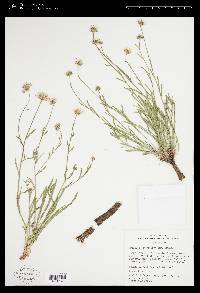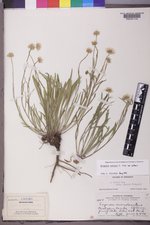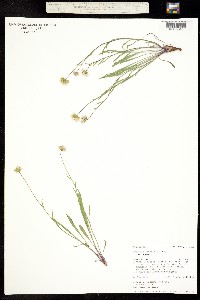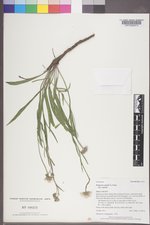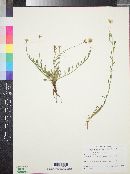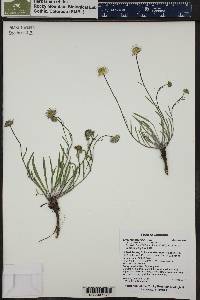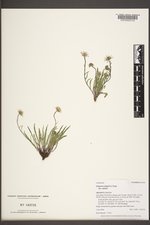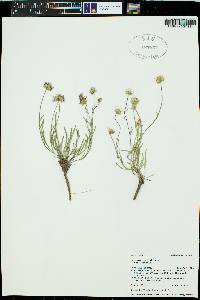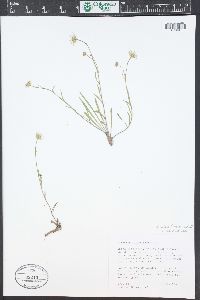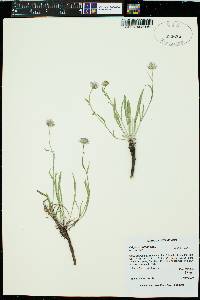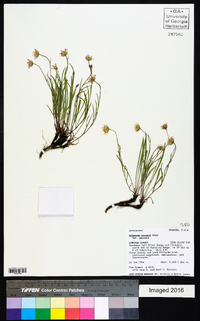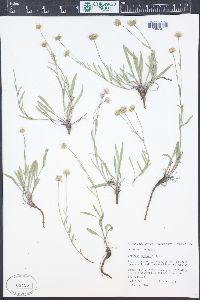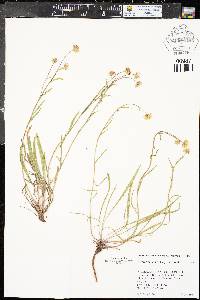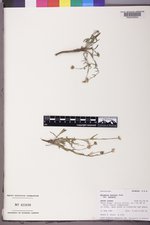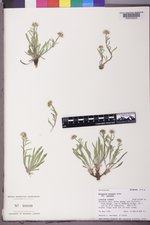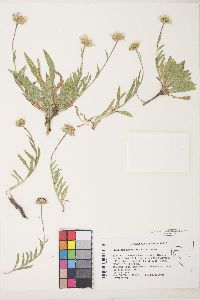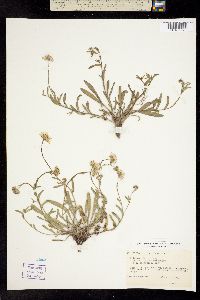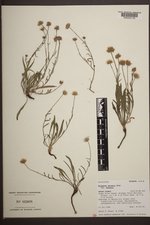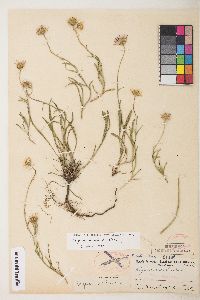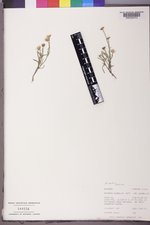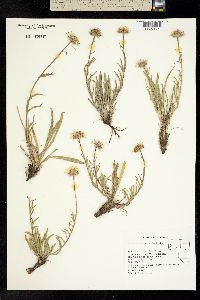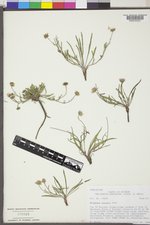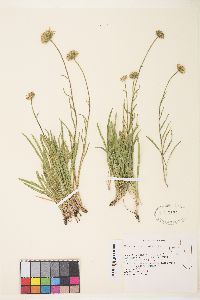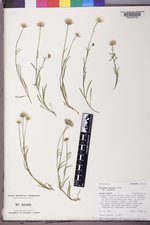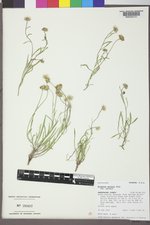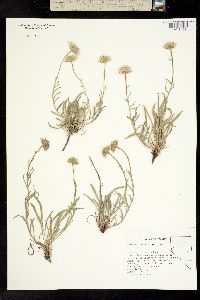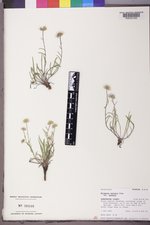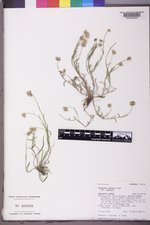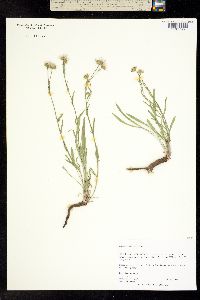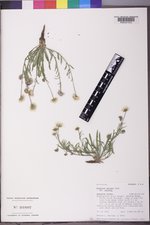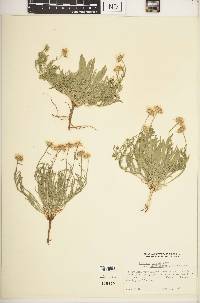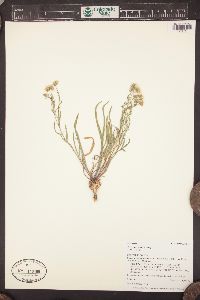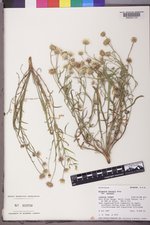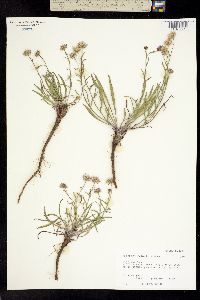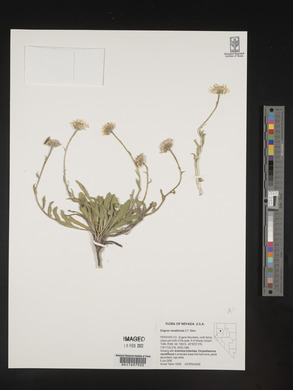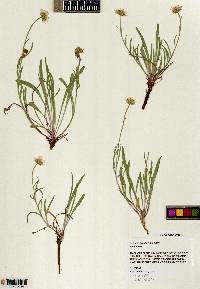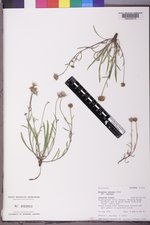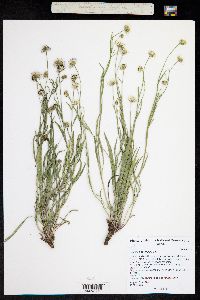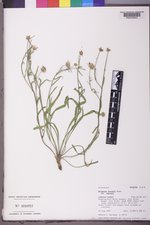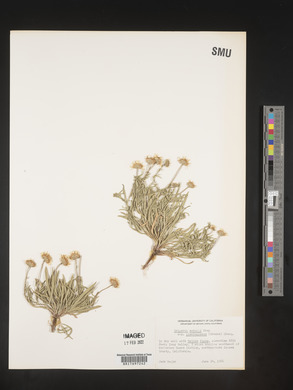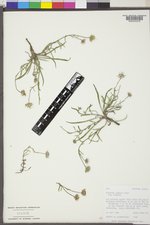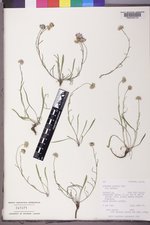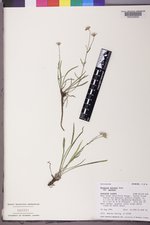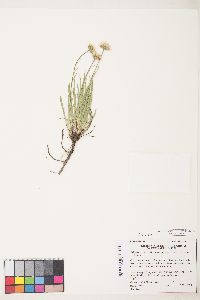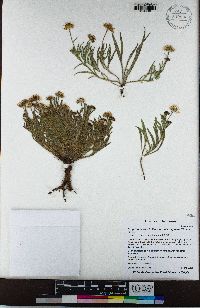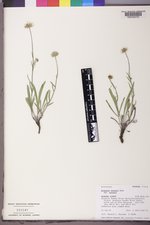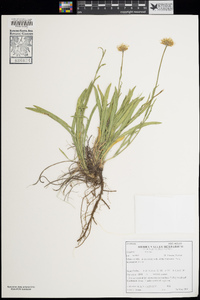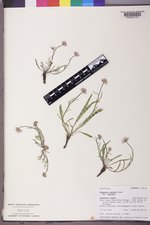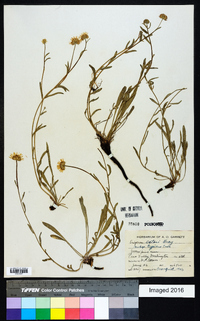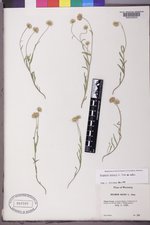
|
|
|
|
Family: Asteraceae
Eaton's Fleabane, more...Eaton fleabane, Eaton's daisy
[Erigeron microlonchus Greene] |
Perennials, 4-23(-33) cm; tap-rooted, caudices simple or branched. Stems erect to ascending or decumbent, strigose, rarely hirtellous, sometimes minutely glandular. Leaves basal (persistent) and cauline; basal blades (3-nerved) linear to oblanceolate, 50-110(-190) × (1-)2-8(-13) mm, cauline gradually reduced distally, margins entire, faces loosely strigose to sparsely hirsuto-villous, eglandular. Heads 1-4(-7). Involucres 4.5-8 × 8-14(-17) mm (7-11 × 17-23 mm in var. nevadincola). Phyllaries in 2-3(-4) series, hirsutulous to villous, sometimes minutely glandular. Ray florets 16-42; corollas white or pink to bluish or purple, 5-8(-9) mm, laminae not coiling or reflexing. Disc corollas 2.5-5 mm (-6.8 mm in var. nevadincola). Cypselae 1.7-3.5 mm (-4.5 mm in var. nevadincola), 2-nerved, faces sparsely strigose; pappi: outer of setae, inner of 12-30 bristles. J. L. Strother and W. J. Ferlatte (1988) provided a detailed study of Erigeron eatonii and its closest relatives (the following key is adapted from their study). Erigeron eatonii is regarded here as comprising a group of varieties with relatively discrete, nearly non-overlapping distributions, intergrading where their ranges are contiguous (for maps, see Strother and Ferlatte). Varieties villosus and lavandulus are exceptions: var. villosus occurs north of all other varieties except var. lavandulus, which occurs completely within the range of var. villosus and might justifiably be treated at specific rank. Variety nevadincola often has been treated at specific rank; its distinctions are quantitative (larger heads, florets, and fruits) and it intergrades with var. sonnei. Erigeron canaani occurs at the southwestern extreme of the range of E. eatonii var. eatonii and may be better treated at varietal rank within E. eatonii; as noted by Strother and Ferlatte, linear-leaves (diagnostic feature of E. canaani) occur in plants of var. eatonii in other parts of its range.
General: Perennial, 9-32 cm tall; stems 1 to few, erect to ascending or decumbent, strigose, sometimes minutely glandular; caudex simple or branched, conspicuously reddish purple; taprooted. Leaves: Basal (persistent) and cauline, alternate, the basal leaves 3-veined, linear to oblanceolate, 5-15 cm long, 1- 13 mm wide, cauline leaves narrower, mostly linear, oblanceolate, or linear-oblong, much reduced, surfaces strigose to hirsute-villous, margins entire. Flowers: Heads mostly 5-100 or more, borne on leafy peduncles; involucre 3-4 mm tall, 5-11 mm wide; phyllaries in 3-4 series, hirsute, glandular; ray flowers 75-150, 2-9.5 mm long, white, pink, or pale blue; disk flowers numerous, 1.8-2.3 mm long, yellow; flowers May-September. Fruits: Achene, 1.7-2.4 mm long, 2-veined, sparsely hairy; pappus bristles 16-20, 3-3.5 mm long, with a few very short, fine, outer bristle-like scales. Ecology: Rocky slopes, open areas, grassy sites, often in sagebrush, pinyon-juniper, pine-oak, and aspen-conifer communities; 1800-3700 m (6000-12000 ft); Apache, Coconino, Greenlee, Navajo, and Yavapai counties; western to southwestern U.S. Notes: Ours, as here described, is var. eatonii. Erigeron caespitosus (tufted fleabane) is a taprooted perennial, 5-30 cm tall, with a stout branching caudex; stems are densely hirsute with spreading to deflexed hairs; basal leaves are oblanceolate to spatulate, 1- or 3-veined, cauline leaves are linear to oblong-ovate, and usually much reduced; heads are solitary or few; ray flowers are 30-100, blue, white, or pink; disk flowers are numerous, yellow. It occurs in rocky to sandy substrates at 1200- 3000 m (4000-10000 ft). Editor: Springer et al. 2008 |
This project was made possible in part by the Institute of Museum and Library Services [MG-70-19-0057-19].
Powered by Symbiota

